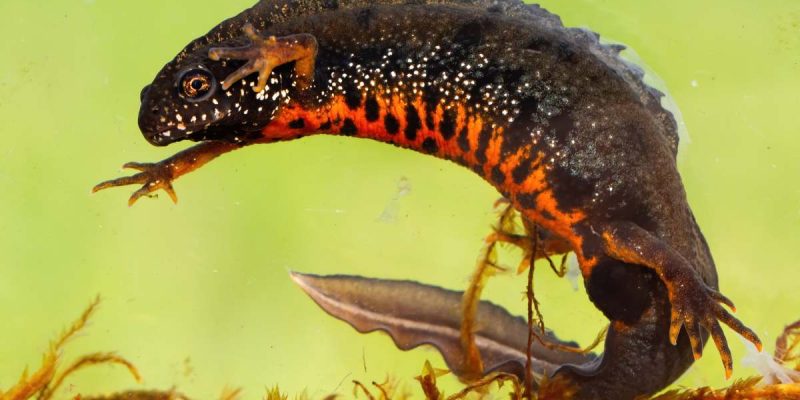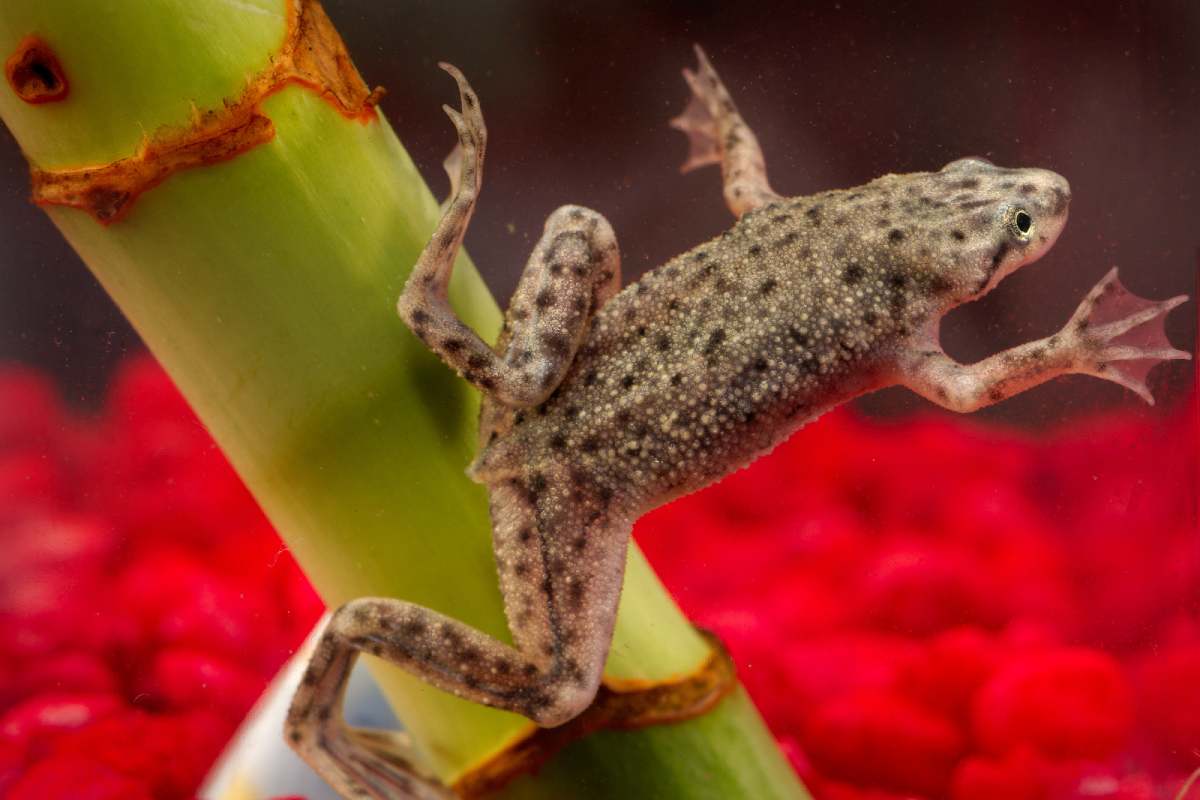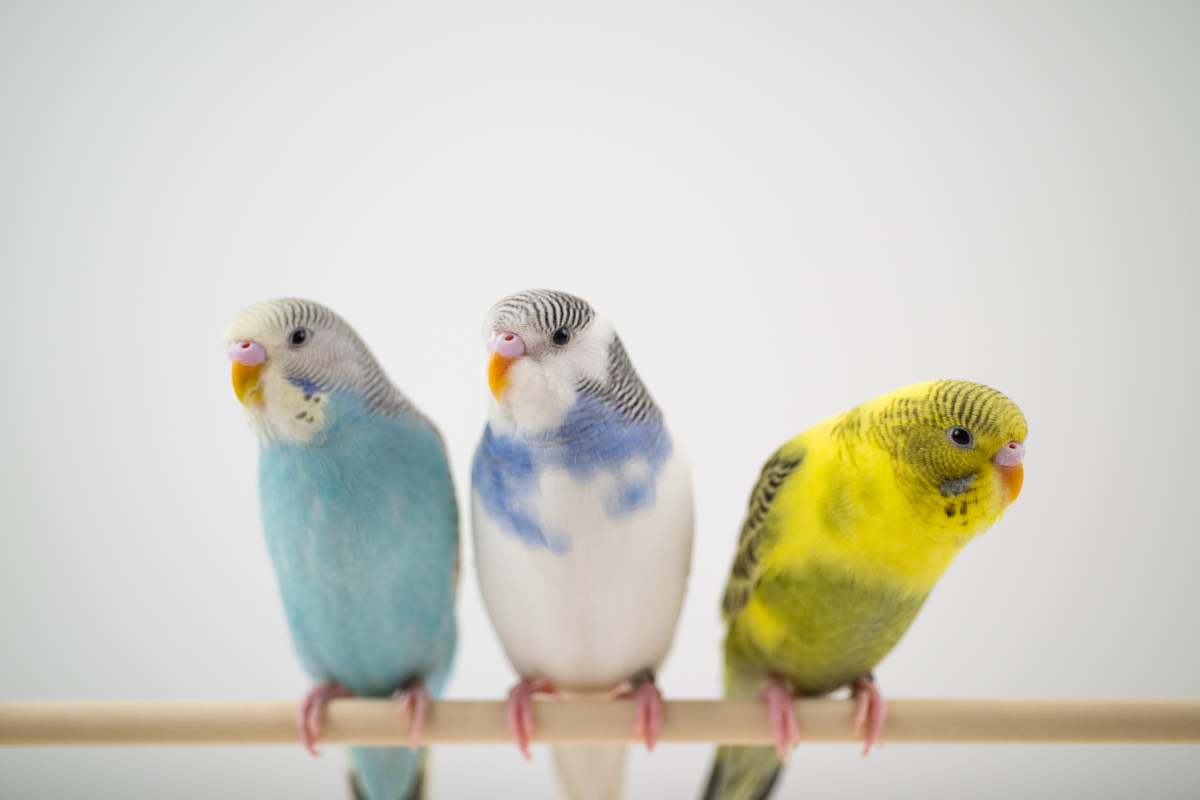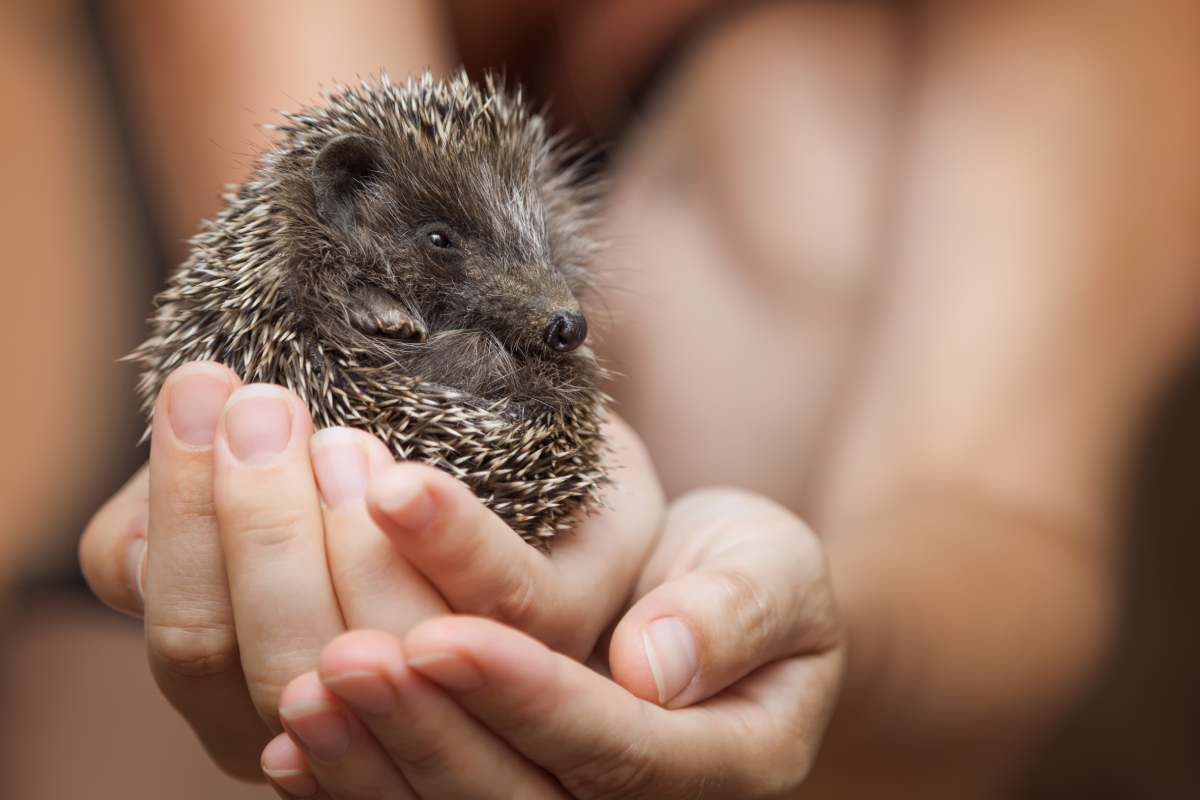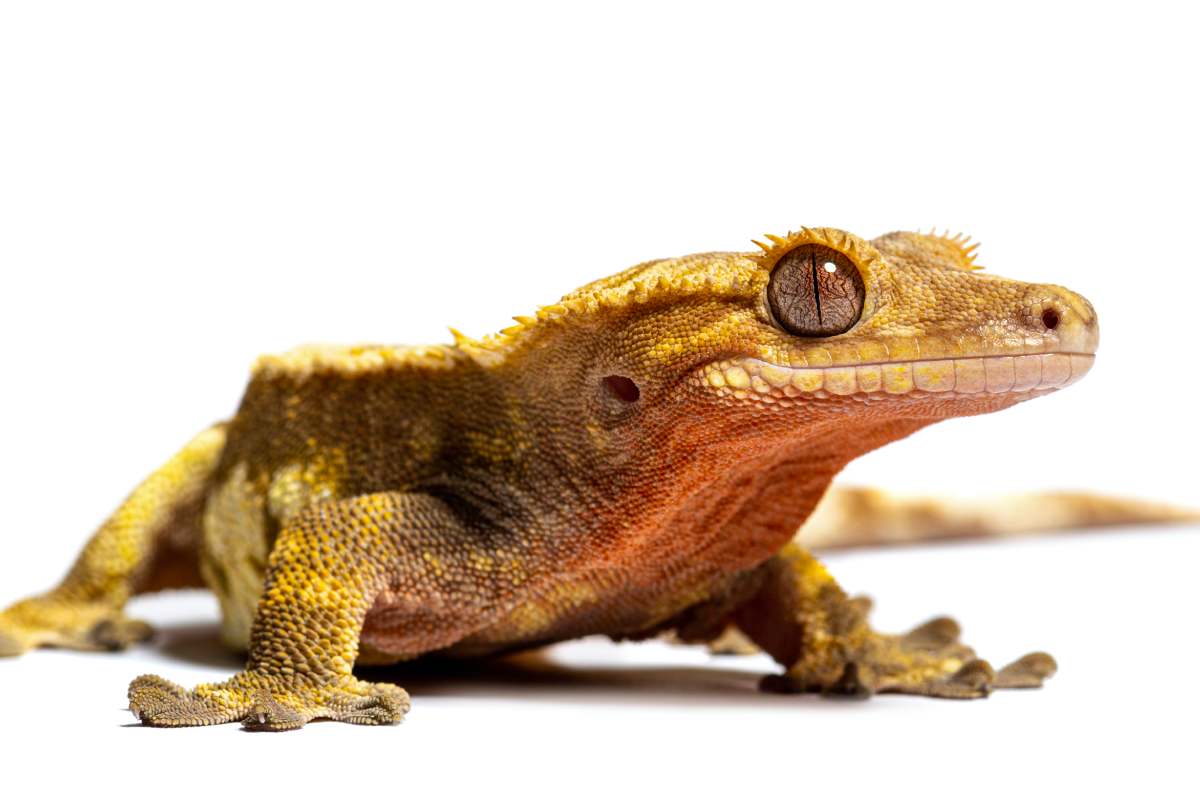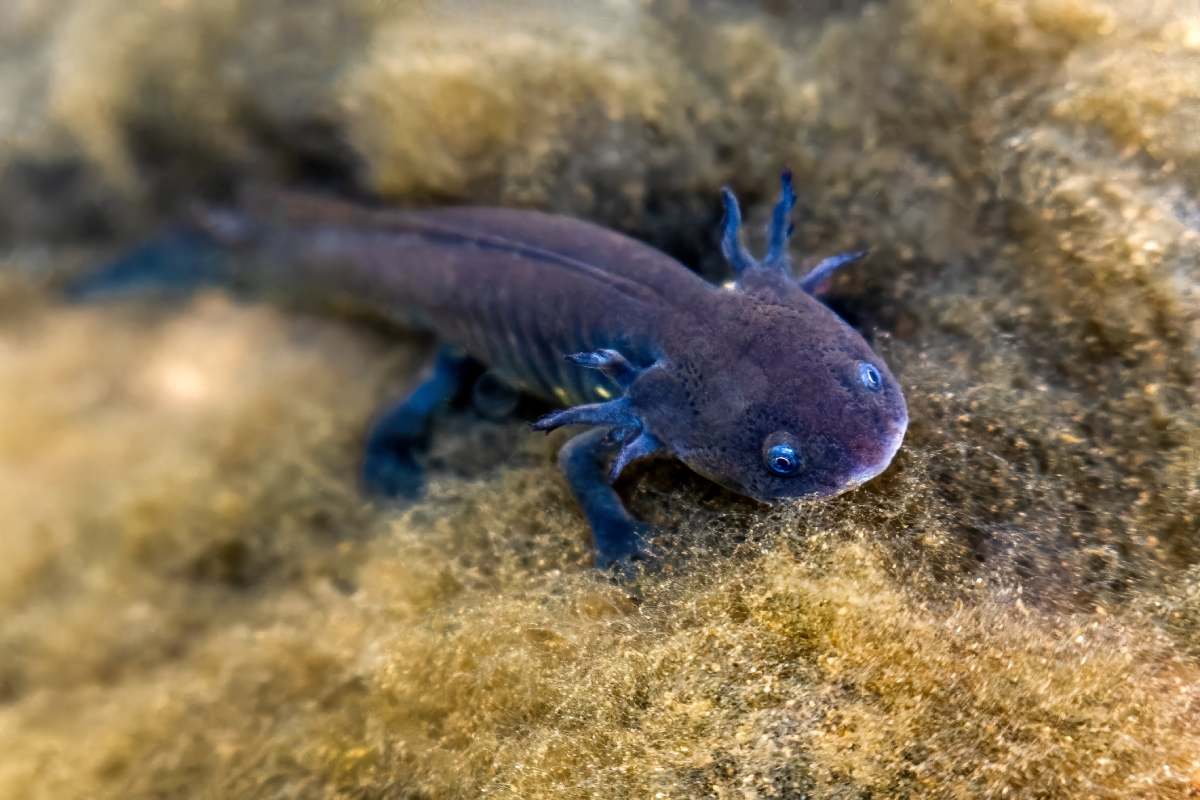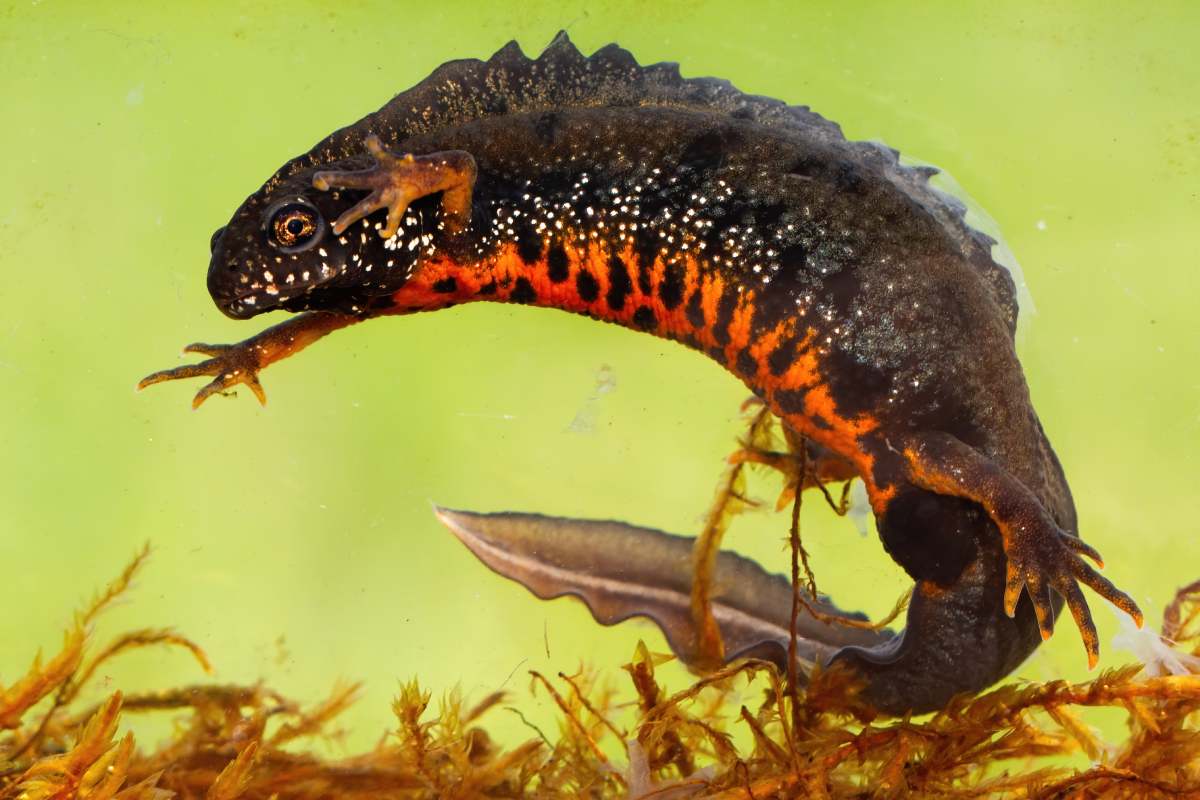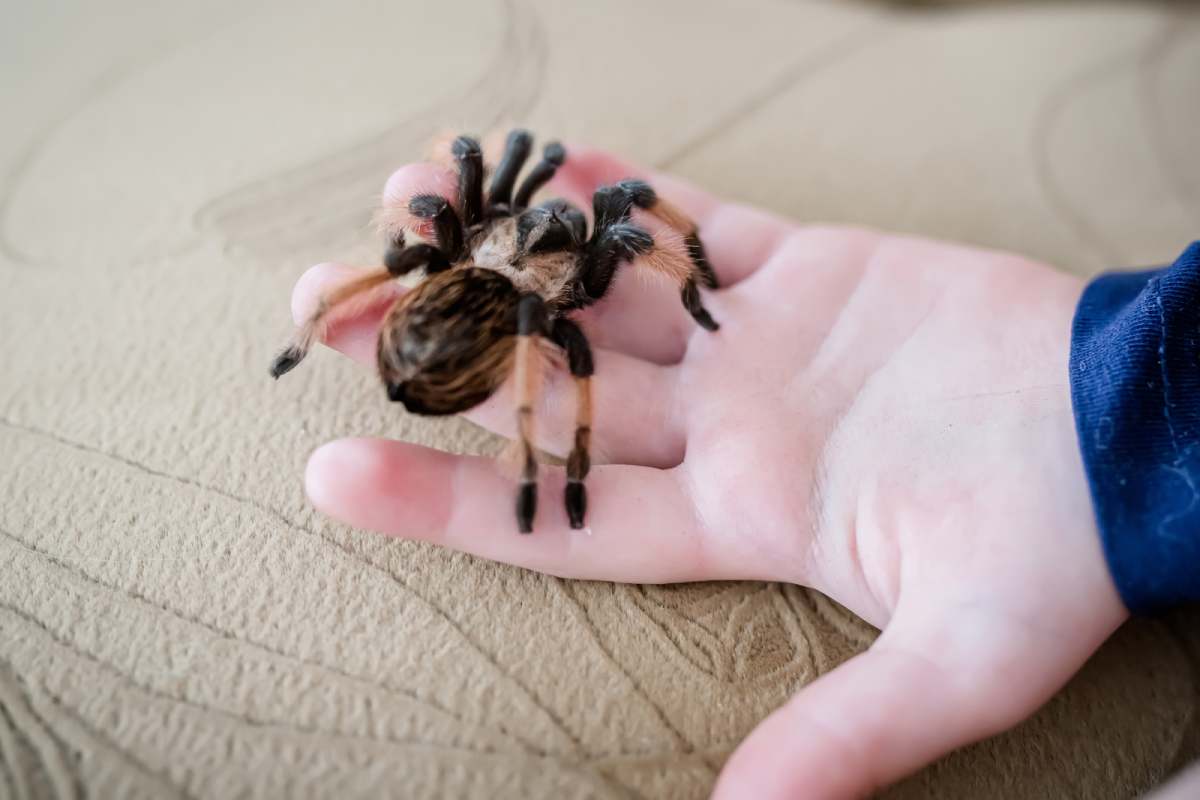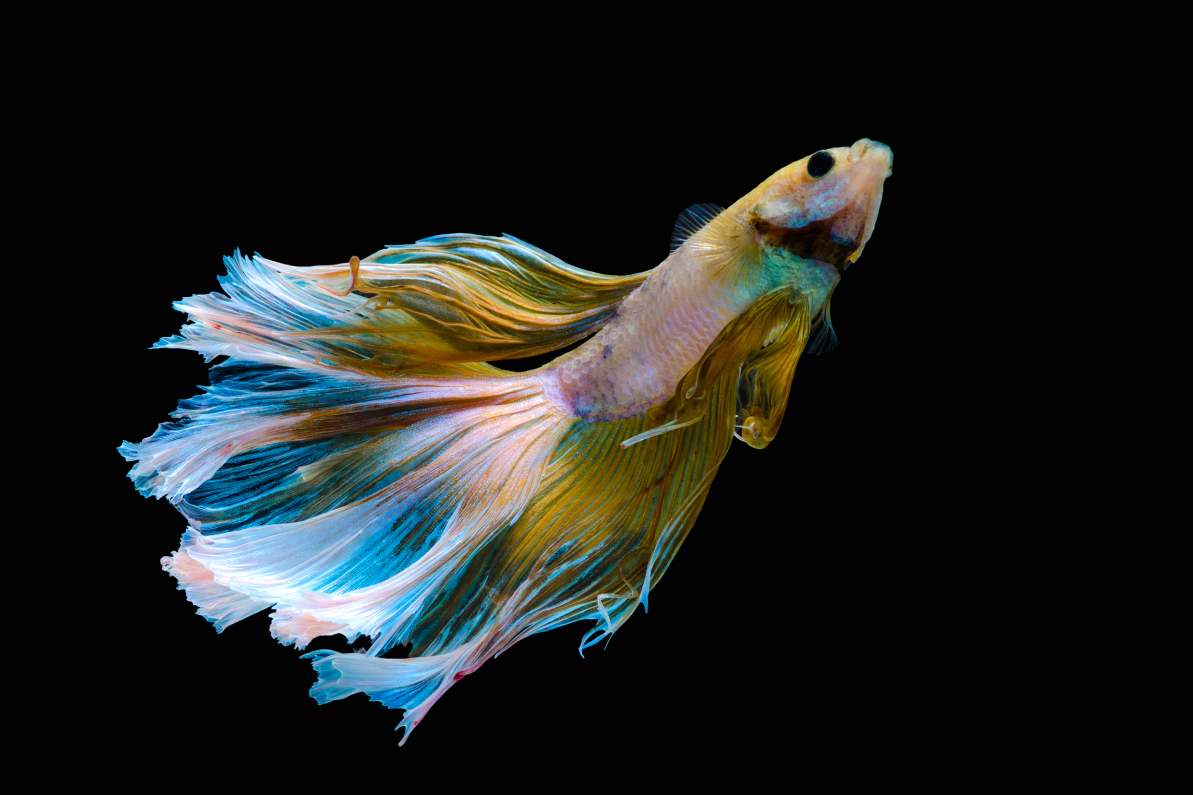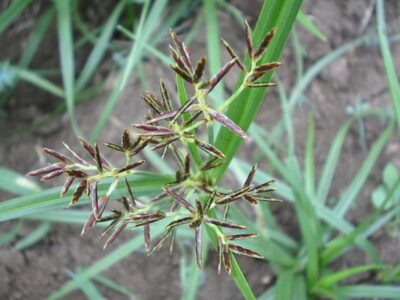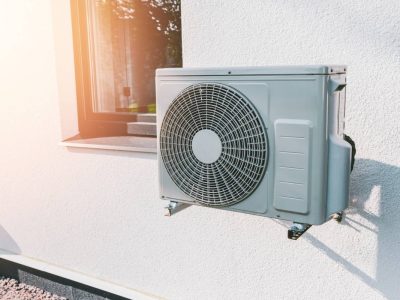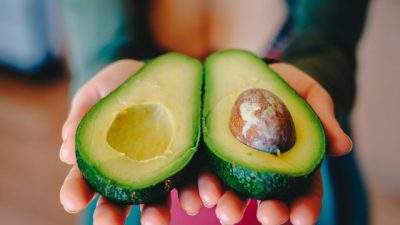Living in a small apartment or a compact home doesn’t mean you have to miss out on the joy of owning an exotic pet. Many unique and fascinating animals can thrive in limited spaces, offering companionship and intrigue without requiring a large habitat.
Whether you’re drawn to aquatic creatures, reptiles, birds, or even arachnids, there’s an exotic pet that can fit perfectly into your living space.
In this article, we’ll explore 9 exotic pets that are ideal for small homes, detailing their care requirements and what makes them wonderful companions.
1. Dwarf Frogs
Dwarf frogs, specifically African dwarf frogs, are excellent pets for small spaces. These tiny amphibians only grow to about 4-6 centimetres in length and require minimal space. They are fully aquatic, meaning they live their entire lives underwater.
Care Tips:
- Tank Size: A small aquarium of about 20 litres is sufficient for a pair of dwarf frogs.
- Water Conditions: Keep the water temperature between 24-28°C. Regularly change the water and use a water conditioner to remove chlorine.
- Feeding: Feed them a varied diet of aquatic frog pellets, frozen or live bloodworms, and brine shrimp.
- Habitat: Provide hiding spots like small caves or aquatic plants, as they enjoy having places to hide and explore.
2. Leopard Geckos
Leopard geckos are small, friendly reptiles that make great pets for limited spaces. These geckos typically grow to about 20-25 centimetres in length and are known for their striking spotted patterns.
Care Tips:
- Enclosure: A terrarium of about 40 litres is ideal for one leopard gecko. Ensure the enclosure has a secure lid.
- Temperature: Maintain a temperature gradient in the tank, with a warm side at around 30-32°C and a cooler side at 24-26°C. Use heat mats or lamps to regulate the temperature.
- Substrate: Use safe substrates like reptile carpet or paper towels to line the bottom of the tank.
- Feeding: Leopard geckos eat live insects such as crickets, mealworms, and dubia roaches. Ensure the insects are dusted with calcium and vitamin D3 supplements.
- Habitat: Provide hiding spots, climbing branches, and a shallow water dish for hydration.
3. Budgerigars (Budgies)
Budgerigars, also known as budgies or parakeets, are small, colourful birds that are perfect for limited spaces. These birds are social, and intelligent, and can be trained to mimic sounds and perform tricks.
Care Tips:
- Cage Size: A cage with dimensions of at least 50x50x50 centimetres is suitable for a single budgie. Ensure the cage has horizontal bars for climbing.
- Location: Place the cage in a well-lit area away from drafts and direct sunlight.
- Feeding: Provide a balanced diet of high-quality birdseed mix, fresh fruits, and vegetables. Ensure fresh water is always available.
- Exercise: Budgies need regular out-of-cage time to stretch their wings and explore. Supervise them during their free-flying sessions.
- Enrichment: Offer toys, mirrors, and perches to keep them mentally stimulated and prevent boredom.
4. Pygmy Hedgehogs
Pygmy hedgehogs are small, nocturnal mammals that make charming pets. These little creatures typically grow to about 15-20 centimetres in length and are known for their distinctive quills and friendly demeanour.
Care Tips:
- Enclosure: A cage or plastic tub of about 60 litres is sufficient for a pygmy hedgehog. Ensure good ventilation and a secure lid.
- Temperature: Maintain a consistent temperature of around 24-27°C. Use a heat lamp or heating pad to regulate the temperature.
- Bedding: Use aspen shavings or fleece liners as bedding. Avoid cedar or pine shavings as they can be harmful.
- Feeding: Provide a high-quality commercial hedgehog diet, supplemented with fresh fruits, vegetables, and insects like mealworms and crickets.
- Enrichment: Offer toys, tunnels, and exercise wheels to keep them active and mentally stimulated.
5. Crested Geckos
Crested geckos are small, easy-to-care-for reptiles that are great for limited spaces. They grow to about 15-20 centimetres in length and have a unique appearance with fringed crests along their backs and eyes.
Care Tips:
- Enclosure: A vertical terrarium of about 40 litres is ideal for a crested gecko. They enjoy climbing, so provide plenty of vertical space.
- Temperature: Maintain a temperature range of 22-26°C. Crested geckos can tolerate slight temperature drops at night but avoid temperatures below 18°C.
- Humidity: Keep the humidity levels between 50-70%. Mist the enclosure regularly to maintain proper humidity.
- Feeding: Feed a commercial crested gecko diet, supplemented with occasional live insects like crickets and fruit baby food.
- Habitat: Include branches, vines, and plants to create a naturalistic environment with plenty of climbing and hiding spots.
6. Axolotls
Axolotls, also known as Mexican walking fish, are fascinating aquatic pets. These amphibians are unique for their ability to regenerate limbs and their perpetually juvenile appearance. They typically grow to about 15-30 centimetres in length.
Care Tips:
- Tank Size: A 60-litre aquarium is suitable for a single axolotl. Ensure the tank has a secure lid to prevent escapes.
- Water Conditions: Maintain water temperatures between 14-20°C. Axolotls prefer cooler water, so avoid temperatures above 22°C.
- Filtration: Use a gentle filtration system to keep the water clean without creating strong currents.
- Feeding: Provide a diet of high-quality sinking pellets, earthworms, bloodworms, and brine shrimp.
- Habitat: Decorate the tank with smooth rocks, caves, and aquatic plants to create hiding spots and places to explore.
7. Fire-Bellied Newts
Fire-bellied newts are small, aquatic amphibians known for their vibrant orange or red bellies, which serve as a warning to predators. These newts typically grow to about 7-10 centimetres in length and are relatively easy to care for.
Care Tips:
- Tank Size: A 40-litre aquarium is suitable for a pair of fire-bellied newts. Ensure the tank has both aquatic and land areas, as they enjoy both environments.
- Water Conditions: Maintain water temperatures between 18-22°C. Use a filter to keep the water clean and perform regular water changes.
- Feeding: Provide a diet of bloodworms, brine shrimp, and small pieces of fish. They can also eat commercial newt pellets.
- Habitat: Include rocks, logs, and aquatic plants to create a naturalistic environment with plenty of hiding spots.
8. Tarantulas
Tarantulas might not be everyone’s first choice, but these fascinating arachnids are great pets for limited spaces. With proper handling and care, tarantulas can be intriguing pets that require minimal space. They typically grow to about 7-10 centimetres in body length, with leg spans of up to 15 centimetres or more.
Care Tips:
- Enclosure: A small terrarium of about 20-30 litres is sufficient for most tarantulas. Ensure the enclosure has a secure lid.
- Temperature: Maintain a temperature range of 24-27°C. Use a heat mat if necessary to maintain consistent temperatures.
- Substrate: Use a deep layer of coconut fibre or peat moss as substrate, as tarantulas like to burrow.
- Feeding: Feed them live insects such as crickets, mealworms, and roaches. Ensure the prey is appropriately sized for the tarantula.
- Habitat: Provide a hide or shelter, and include branches or cork bark for climbing.
9. Betta Fish
Betta fish, also known as Siamese fighting fish, are vibrant and colourful pets that can thrive in small aquariums. These fish are known for their long, flowing fins and bright colours, making them a popular choice for small spaces.
Care Tips:
- Tank Size: A 10-litre tank is the minimum recommended size for a single betta fish. A larger tank is always better to provide more swimming space.
- Water Conditions: Maintain water temperatures between 24-28°C. Use a heater and filter to keep the water clean and at a consistent temperature.
- Feeding: Feed a balanced diet of high-quality betta pellets, supplemented with frozen or live foods like bloodworms and brine shrimp.
- Habitat: Include plants, hiding spots, and gentle filtration. Avoid strong currents, as bettas prefer calm water.
Conclusion
Owning an exotic pet in a small living space is entirely possible with the right choices and proper care. From the tiny but captivating dwarf frogs and colourful betta fish to the unique and intriguing tarantulas, each of these pets brings its own charm and fascination to a home. However, it’s crucial to remember that the introduction of exotic species can have significant environmental impacts, especially when these pets are imported from outside Australia. Invasive species can disrupt local ecosystems and pose a threat to native wildlife.
Before bringing an exotic pet into your home, always research and verify the legal regulations in your area. Many countries and regions have strict laws regarding the ownership of exotic animals to prevent ecological damage. Make sure the pet you choose is legally permitted and sourced from reputable breeders or suppliers who comply with these regulations.
By being responsible and informed pet owners, we can enjoy the companionship of exotic pets while ensuring we protect our environment and native species. With the right care and consideration, these exotic pets can thrive and become cherished members of your household, enriching your life in even the smallest of spaces.

